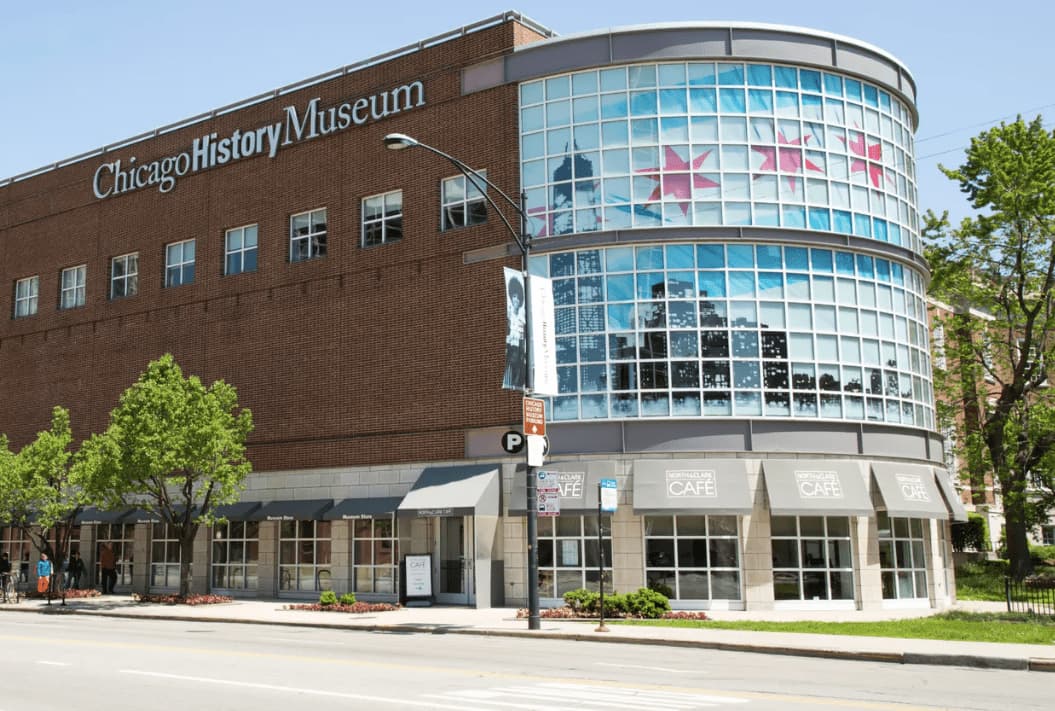Team: John Carnwath, Alan Brown
WolfBrown was engaged by the Chicago History Museum (CHM) to build a new customer segmentation model for visitors and prospects. The research included a large-scale survey of non-users (i.e., working through a third-party panel provider) through which we identified the museum’s best prospects using a complex, custom algorithm for prospect quality.
On the surface, the difference between “users” and “non-users” of a cultural institution like CHM is simple – users have visited the museum or attended a museum-sponsored event (or perhaps engaged via the website), while non-users haven’t. While this definitional line may be clear, it is also quite arbitrary. Plenty of “users” visit a major museum like CHM without much intent or forethought at all. Contrariwise, plenty of “non-users” have a strong interest in the museum’s mission and programs (and the wherewithal to support the museum) but do not visit for one reason or another. In reality, the distinction between users and non-users is blurry, and should not be the sole basis on which market segments are devised. In many ways, users (and particularly less frequent users) can be regarded as a proxy for non-users.
Our overall approach to this study, based on our experience with segmentation research for a range of cultural institutions, involved studying both CHM users and non-users (or “prospective users”), and then melding the two models into a single segmentation solution that bridges the two. Relying solely on a non-user segmentation model would overlook the motivational nuances of why people do, in fact, use the museum. Conversely, relying solely on a user segmentation model would fail to paint a sufficiently large picture of the prospect base or the barriers to visitation among non-users.
The study was organized into five phases of work:
Phase 1: Gain deep context on CHM’s mission, goals, exhibitions and programs, and strategic challenges.
Phase 2: Through entrance interviews and surveying, we established a baseline understanding of who is visiting CHM and, specifically, why they are visiting – what needs the museum fulfills, what triggered the visit, what expectations they arrive with, and what kinds of experiences will fulfill their expectations. We also conducted two experiential tours with non-users to assess perceptions of the museum, and how the experience plays out for first-time visitors. Based on this work, we developed a preliminary attitudinal segmentation model of museum visitors.
Phase 3: Next, we conducted a preliminary quantitative survey of a cross-section of Chicago area consumers to establish a working definition of “prospective CHM visitors” (i.e., non-users) – those whose museum-going behaviors are consistent with CHM visitation, or those who express a strong interest in exploring Chicago’s history. This was a necessary interim step in the segmentation process, in order to narrow the funnel and allow for a more focused investigation of prospective users in the subsequent phase of research.
Phase 4: Next we conducted a targeted online panel survey of prospective CHM users, drawing on the definition developed in the previous phase. Respondents who passed the eligibility filter were questioned as to their level of interest in CHM’s various programmatic foci (without revealing the identity of CHM as the sponsor of the research), their motivations for attending museums (drawing on the motivational research from Phase 2), their media consumption habits, and the barriers they experience in attending museums. A second statistical analysis was performed to arrive at a “prospective CHM visitor” segmentation model, drawing on the insight from both segmentation exercises.
Phase 5: The last phase of work involved working with CHM staff to operationalize the model. This included developing multi-dimensional segment profiles, meeting with staff to develop messaging (images, metaphors, words and phrases) that are likely to appeal to each segment, and developing media strategies for reaching them.
The approach, while time and resource intensive, yielded a nuanced understanding of both users and nonusers in terms of what needs CHM can fulfill, how to speak to them, and how to reach them.

